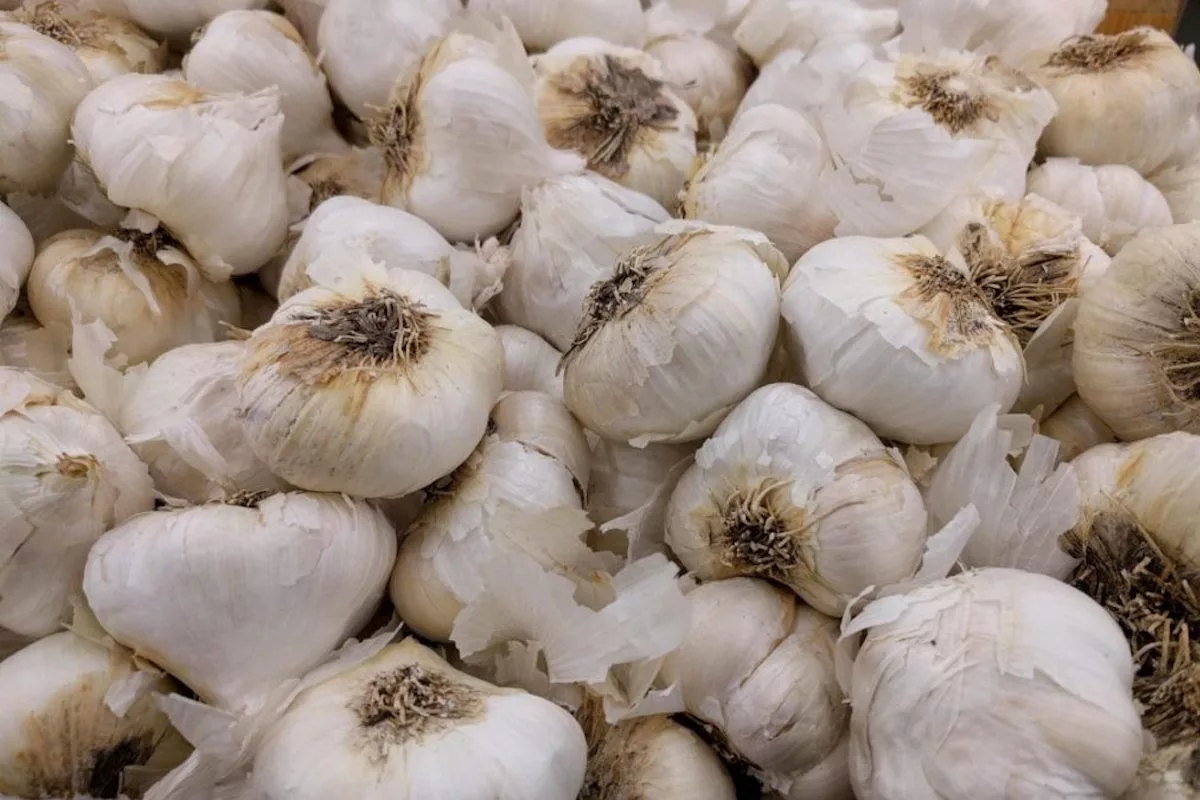
Sweet Basil oil
January 4, 2021
Geranium oil
January 2, 2021
Neroli oil

Production Method
An essential oil is produced by hydro-distillation or steam distillation of the freshly picked flowers either as mature buds or fully blossomed flowers. The different processing techniques together with the different states of the flowers lead to interesting different quality compositions with profiles varying somewhat. Bitter Orange Blossom hydrolate (floral water) is produced as a by-product of distillation. An absolute (Absolute of Bitter Orange Blossom Hydrolate) is also extracted from the floral water (hydrolate).
Uses
In perfumery “Neroli oil is one of the « classic » materials in Eaux de Cologne of the « Maria Farina » type, « 4711 », etc. It blends excellently with all citrus oils, with numerous floral absolutes and countless synthetic materials. Next to rose, jasmine and ylang-ylang, it is probably one of the most frequently used florals in perfume compounding. In flavors it can produce interesting effects as a modifier in fruit flavors for candy (e.g. with bergamot oil), for liqueurs, soft drinks, etc. It is also used to flavor pharmaceuticals.” (Arctander, S., “Perfume and Flavor Materials of Natural Origin”, (1960). In Aromatherapy, “it is used for its uplifting, anti-infectious, bactericidal, anti-parasitical, phlebotonic, digestive, neurotonic, anti-depressive, and anti-hypersensitive qualities.” (Franchomme, P.; Jollois, R.; Pénoël, D. “L’Aromathérapie Exactement” (2001).
Botanical Origin & Historiography
Native to Southeast Asia, but very well adapted to the Mediterranean climate, it is believed to be a cross between Pomelo Citrus maxima and Mandarin Citrus reticulata and was first cultivated in China over 2000 years ago. It is generally assumed that the first Citrus to reach the Mediterranean ― Citron , Citrus medica ― did so in the late 4th c. BC (from pollen analysis) associated with Alexander’s campaigns and was quasi-certainly cultivated in Egypt by the end of the 1st c. AD, although some illustration evidence in the temple of Karnak would date its presence in Egypt as far back as the 14th c. BC. The Bitter Orange’s introduction to Egypt is often popularly associated with the Arabs in the mid-7th c. AD. However, archaeological evidence has difficulty dating it to that time as it is generally “not thought to have been introduced into the Mediterranean until the medieval period [c.1000] and the sweet orange not until the very late 15th c.” (Van der Veen, Morales 2014). Indeed, one has to differentiate between archaeological evidence from “trade consumption” as opposed to “cultivation”. It can safely be assumed that Bitter Oranges made their way to the Maghreb (Morocco) and into Spain with the Moors around the 9th-10th c. Whether it reached the southwest of France via the Moorish incursions around that time is speculative, but it undoubtedly did later, from the East, by the Crusaders returning from the 8 major Crusades to the Holy Land (1096-1291). In Egypt, the rustic variety introduced by the Arabs (larinj’) remains the most widespread, while AF&Co. has introduced in 2000 the varietal found in Morocco and Tunisia (originally introduced there in the mid-19th c. from Grasse).



